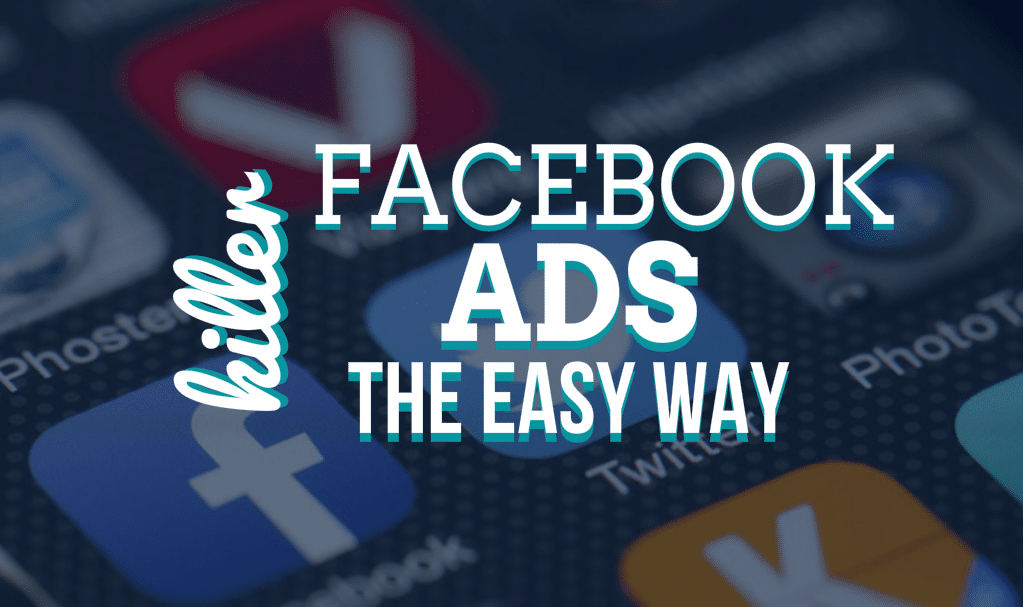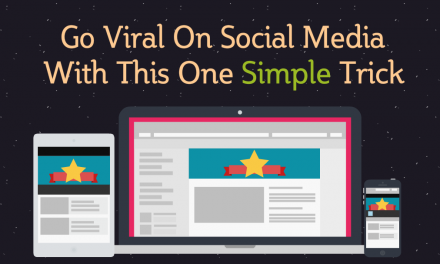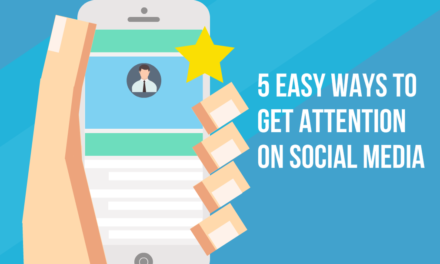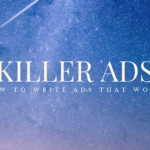Want to write dazzling Facebook ad copy? Want to sell all your products like hot cakes? Want to get your clickthrough rates singing and your conversion rates sizzling like a summer BBQ party?
Of course you do. It’s not easy to come up with world-class ideas when you have a truculently blank piece of paper in front of you with no ideas. Perhaps you look out the window, or idly wonder how you can persuade people to check out your thing. Perhaps you go Googling – after all, someone’s got a handle on this, right?
Whatever your process is, it’s likely not where you want it to be, and that may be because you’re focusing too much on the process of writing, rather than on a far more important element: your potential clients and customers.
The First Rule of Killer Facebook Ads: Get Inside Their Heads (A Lot)
We’ve all done this: we sit down and start writing, and we end up with a paragraph, a sentence, something. Maybe it’s good; maybe it’s junk – maybe it’ll even be “good enough.”
The question you should be asking isn’t whether your writing’s good enough – it probably is, but it’s a huge red herring in the room. You need to be focused on whatever your target market wants.
Put away that writing pad – because unless you’ve spent hours getting inside your target market’s head and learning all about their inner desires, issues, and what they had for dinner last night, you’re likely not going to come up with something that gets right to the heart of the matter.
What I’m trying to say is: you need to know your customers better than they know themselves. If you can achieve this, then you hit a magical spot where this expertise seems natural (to your reader) who will then automatically assume that you have a solution. After all, you really understand them – it’s uncanny!
This response comes about as a reward from hours, days, even weeks of research. The kind that lets you know what keeps them up at night, what stresses them, what might even freak them out. You see, it’s not just the good things you need to know – it’s the darker things, too.
It’s those darker things that create the problem that leads them to your product in the first place. They want to buy that humanitarian spider-picker-upper with super long arms because they hate spiders – but they also don’t want to kill them. There’s the problem, here’s the solution. Work that fear, work that conflicting desire – perhaps throw in the fact you can also be independent without needing a spider lover in the house – and you’ve got a persuasive ad that lets people get rid of eight-legged foes while keeping their sanity and a clean conscience!
In that example above, you can see how specific the copy is, and how it speaks to a specific kind of person.
Test Your Ad With Someone IRL Before Posting
So, let’s assume you’ve got your ad, and you think it’s pretty good. The best way to test out this theory – and it is a theory until you get the results – is to ask a friend to look at it and then tell you what they think your Facebook ad is about. This works best with a friend who is going in blind, as you want their first thoughts.
You’re going to hear a few responses – you might get “I don’t get it?” (bad copy) or you might get “Ah, yes… this is for arachnophobes!” (good copy).
The point of this is to check whether people reading your copy blind know who the target market is. If the copy doesn’t make that clear, then it’s not going to work – your target market needs this signposting to get their interest (“Hey, this is for me…”).
By understanding the pain, fear, and frustration – along with the corresponding needs, desires, and wants – of your target market, you simply play on that these deep-seated, almost primal emotions to draw people into your… yes, I’m going there, web.
So, check with a friend to see if your copy’s there and keep reworking until it is.
Leverage Interviews with People In Your Target Market(s)
Sometimes, it’s best just to get all of this juicy psychological data right from the horses’ mouth. Now, the interview doesn’t necessarily have to be face-to-face; you can also do a survey, write a questionnaire, and simply ask your audience what you want to know. Stuff like:
- What drives you nuts
- What frustrates you the most?
- What do you wish you could change?
Questions like these are great, because they don’t just reveal the issues, but also their ideal solutions. It’s basically like being handed advertising gold on a plate. You’re no longer guessing – you’re using their very own words! Don’t shy away from using their words, either. Mirror what they say, and they will understand that you know how it is.
As you can see, these tips are not so much focused on writing copy that breaks new barriers: they’re about the donkey work of copywriting: the research that goes into creating truly great copy.
Sometimes, it’s not about your superb choice of words and a flair for the language – which is what most of us might think when faced with a blank page. It’s speaking their language and showing them that you really do have a solution.
No matter what you’re selling and advertising, that’s what makes an offer irresistible. So leverage it!










